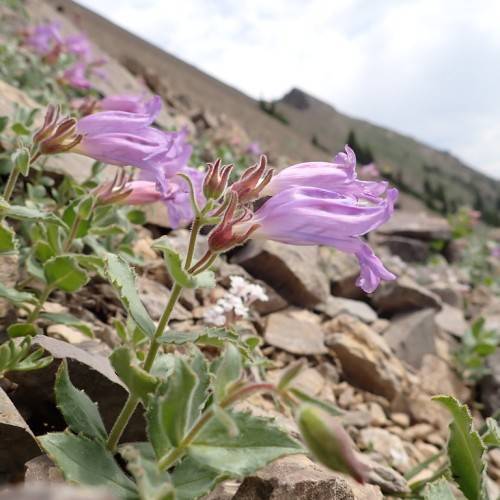
beardtongue
Penstemon 'Yaput' LILLIPUT ROSE
Cycle:
Herbaceous Perennial
Watering:
Minimum
Hardiness Zone:
7 - 10
Flowers:
Flowers
Sun:
Full sun
Leaf:
Yes
Growth Rate:
Low
Maintenance:
Low
Drought Tolerant:
Yes
Care Level:
Medium
watering
Beardtongue (Penstemon 'Yaput' Lilliput Rose) prefers a well-draining soil and needs to stay evenly moist, but not overly wet. During active growth, water this plant thoroughly once or twice a week until the top soil is moist. You can allow the top soil to slightly dry out in between watering. Reduce the amount of water during winter or if grown in a cooler climate. Avoid over-watering, as it causes root rot, 1 of the most common problems in these plants.
sunlight
Beardtongue (Penstemon 'Yaput' Lilliput Rose) benefits from full sunlight and 6-8 hours of direct sunlight every day is ideal for this plant species. However, during the summer months they will do best in a lightly shaded area, as the intense midday sun may scorch the leaves. In the wintertime, they may benefit from some snow shade or a more open area of late afternoon sun. While this plant species can tolerate some shade, it will not perform its best if kept too far away from direct sunlight.
pruning
Beardtongue (Penstemon 'Yaput' LILLIPUT ROSE) should be pruned twice a year. Pruning in late winter or very early spring will promote better growth and flowering in the new season. Light pruning should be done in order to shape the shrub and remove any dead flowers or flower spikes. Trim back the spent stems just above a new bud or green stem to help encourage additional flowering branches. Pruning in late summer once the flowering has finished will help keep the shape and size of the beardtongue in check, as well as encourage re-blooming for the next season. Prune the spent flower stems and any damaged stems or sections to maintain the desired size and shape of the plant.
